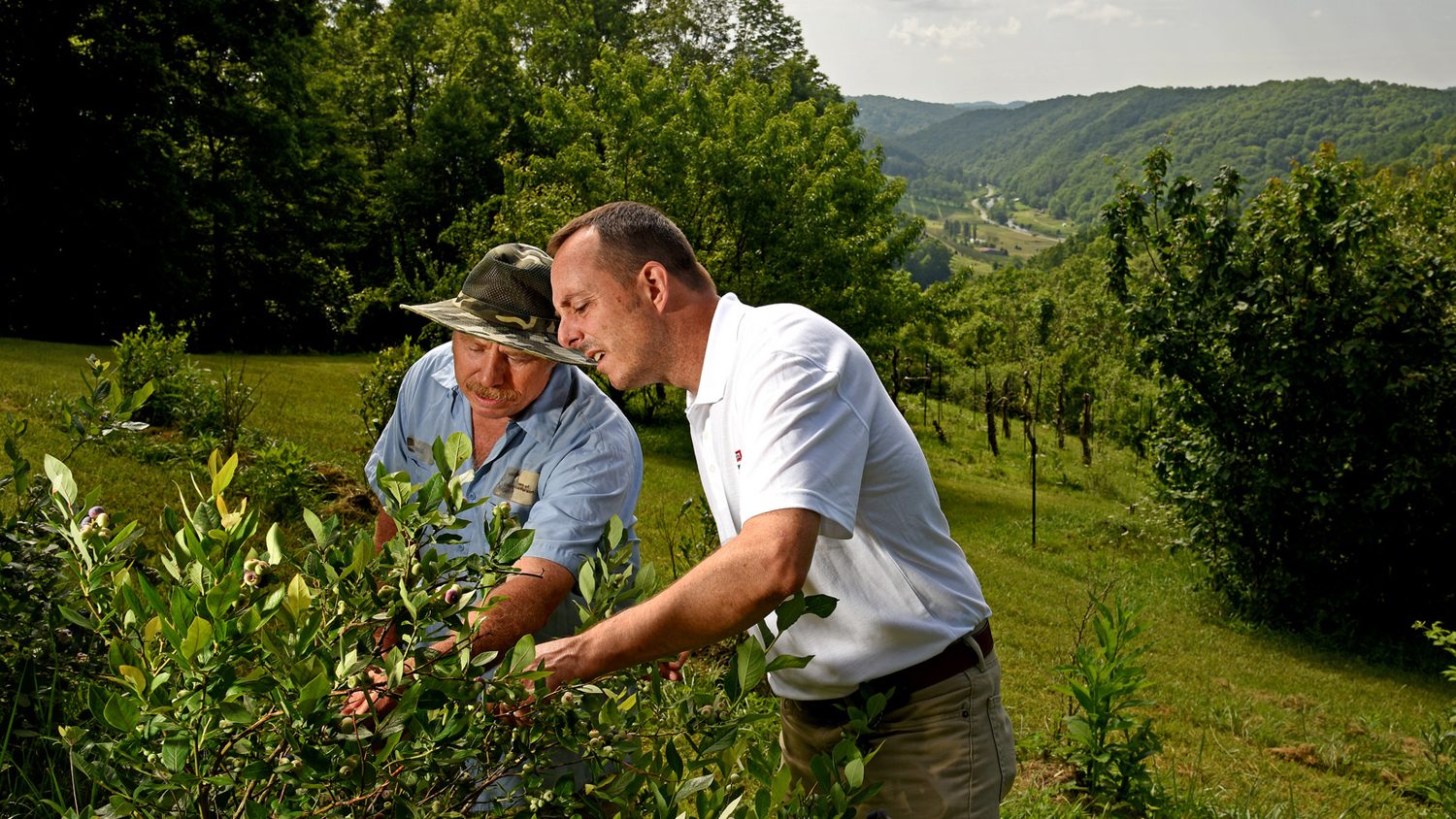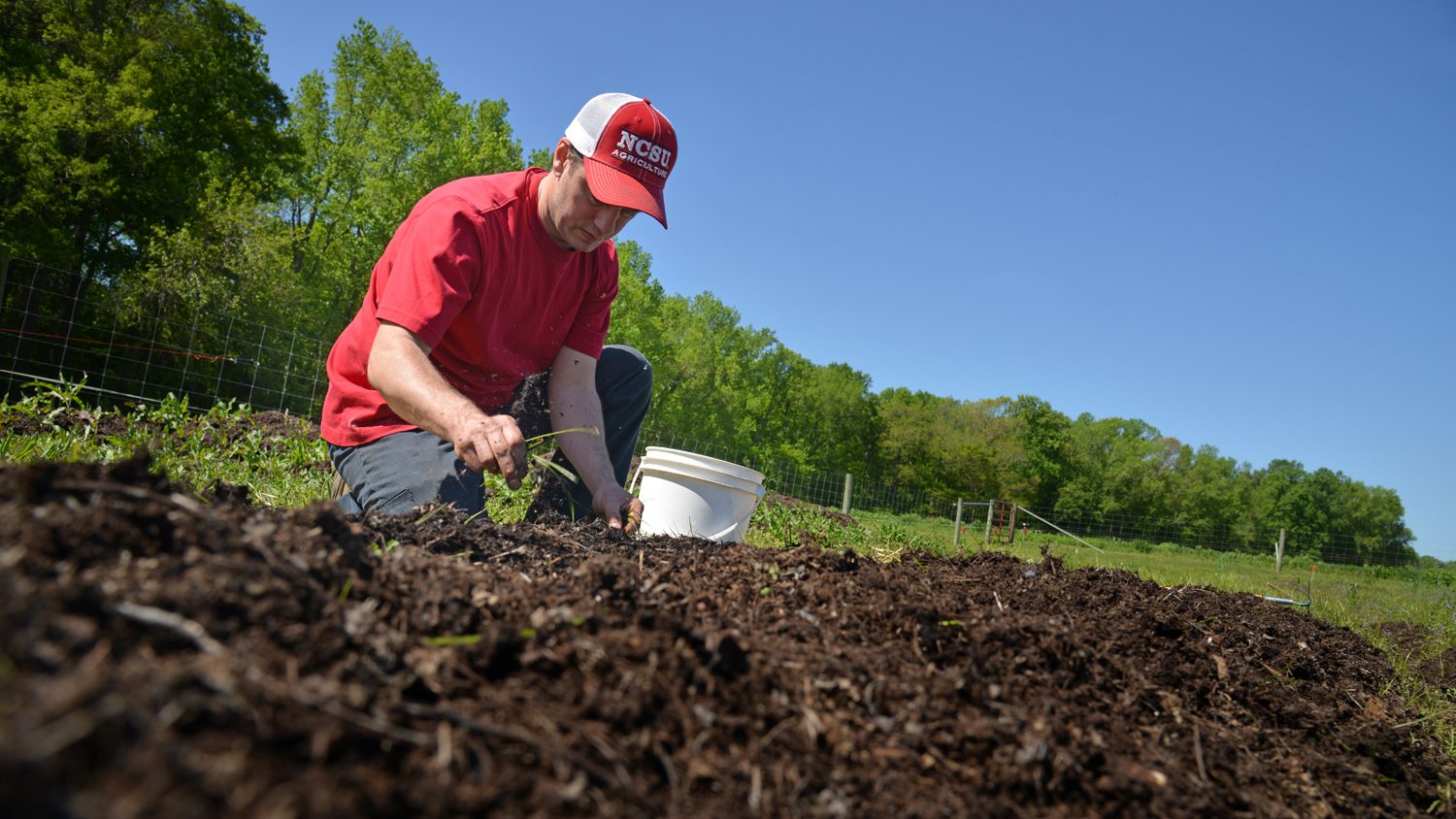Soil is a vast reservoir for a wide diversity of organisms. Plant roots explore this diversity daily. Various other animals consume smaller creatures either intentionally or unintentionally by foraging on plant roots, insects, and microorganisms.
Soil ecology is the study of how soil organisms interact with other organisms and their environment – their influence on and response to numerous soil processes and properties form the basis for delivering essential ecosystem services. Some of the key processes we study in soil are nutrient cycling, soil aggregate formation, and biodiversity interactions.
Organic matter is a keystone component of soil, upon which many other processes and properties are intricately linked. Soil organic matter is an assorted mixture of organic compounds, having been processed over varying lengths of time by soil microorganisms. It may be living (e.g. plant roots, insects, fungi, protozoa, or bacteria) or it may be dead, dying, or partially decayed. The most abundant constituent of soil organic matter is carbon (50-58%), hence the congruence between soil organic carbon and soil organic matter.
Soil organic carbon has many attributes that influence important soil properties and processes:
Physical
- Color – the dark color of organic matter alters thermal properties, i.e. absorbing heat
- Low solubility – ensures that organic matter inputs are retained and not rapidly leached from the soil profile
- Water retention – directly helps to absorb several times its mass of water and indirectly retains water through its effect on pore geometry and soil structure
- Stabilization of soil structure – binding of mineral particles to form water-stable aggregates and improve water infiltration into the surface soil
Chemical
- Cation exchange capacity – high charge enhances retention of nutrient cations, such as Al, Fe, Ca, Mg, and NH4
- Buffering capacity and pH effects – avoids large swings in pH to keep acidity/alkalinity in a more acceptable range for plants
- Chelation of metals – complexation with metals to enhance dissolution of minerals, enhance availability of phosphorus, reduce losses of micronutrients, and reduce toxicity
- Interactions with xenobiotics – alter biodegradability, activity, and persistence of pesticides and other organic contaminants, such as antibiotics and endocrine disrupting chemicals
Biological
- Reservoir of metabolic energy – energy embedded in organic molecules to drive biological processes
- Source of macronutrients – mineralization of organic matter releases nitrogen, phosphorus, sulfur, and other elements
- Enzymatic activities – both enhancement and inhibition of enzymes are possible by various humic materials
- Ecosystem resilience – accumulation of soil organic matter can enhance the ability of an ecosystem to recover from various disturbances, e.g. drought, flooding, tillage, fire, etc.
Faculty in the Department of Crop and Soil Sciences are investigating many of these intriguing processes and properties to unravel the fascinating functions of soil organisms – many for the ultimate benefit and nurturing of civil society.
For example:
Wei Shi uses molecular biology, biochemical, and ecological approaches to investigate soil microbial eco-physiology, community diversity and composition, and the cycling of carbon, nitrogen, and phosphorus in managed and natural ecosystems. Her Soil Microbiology and Ecology Laboratory is equipped with instrumentation for conducting organismal, community, and process-level studies.
Alan Franzluebbers studies the effects of agricultural management on soil microbial biomass, biologically active fractions of soil organic carbon and nitrogen, and soil microbial activity. His Soil Ecology and Management Laboratory is equipped with instrumentation for determining carbon and nitrogen fractions, water-stable aggregation, greenhouse gas emissions, and nutrient concentrations.
Owen Duckworth focuses on biogeochemical cycling of elements, influenced naturally and anthropogenically. Specific interests include the effects of biogenic exudates, including small organic acids, biopolymers, and siderophores, on the speciation and solublization of trace metals in the environment, and the biomineraization and bioweathering of minerals. His Soil Biogeochmistry Laboratory uses a wide array of spectroscopic and microscopic techniques to support macroscopic observations derived from traditional chemical and microbiological approaches.

